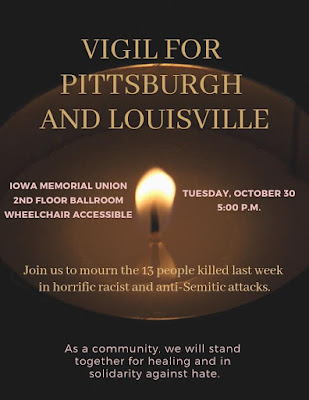It's About Us

Sermon Vayetzei 2018 Rabbi Esther Hugenholtz It is About Us While I am sure every generation feels the weight of its own history, there is no denying that recent global and national events press upon us. So many overused metaphors come to mind: a refiner’s fire, an alchemist’s crucible, as we must distill what we value down to its essence. These times focus our attention and remind us, grudgingly perhaps, that ‘aleinu’, it is up to us . I suspect many of us are still sorting and sifting through our emotions. I know I am. As we contend with complex issues of polarization, hatred, the call for increased security, the inability to speak to difference and the myriad reflections on our American Jewish identities, one thing stands out clearly for me as a non-Orthodox, ‘Reformative’ rabbi. This is the hour of our Judaism. Reflecting on the Pittsburgh massacre, we can see that the congregations of Etz Haim Synagogue shares many ...




